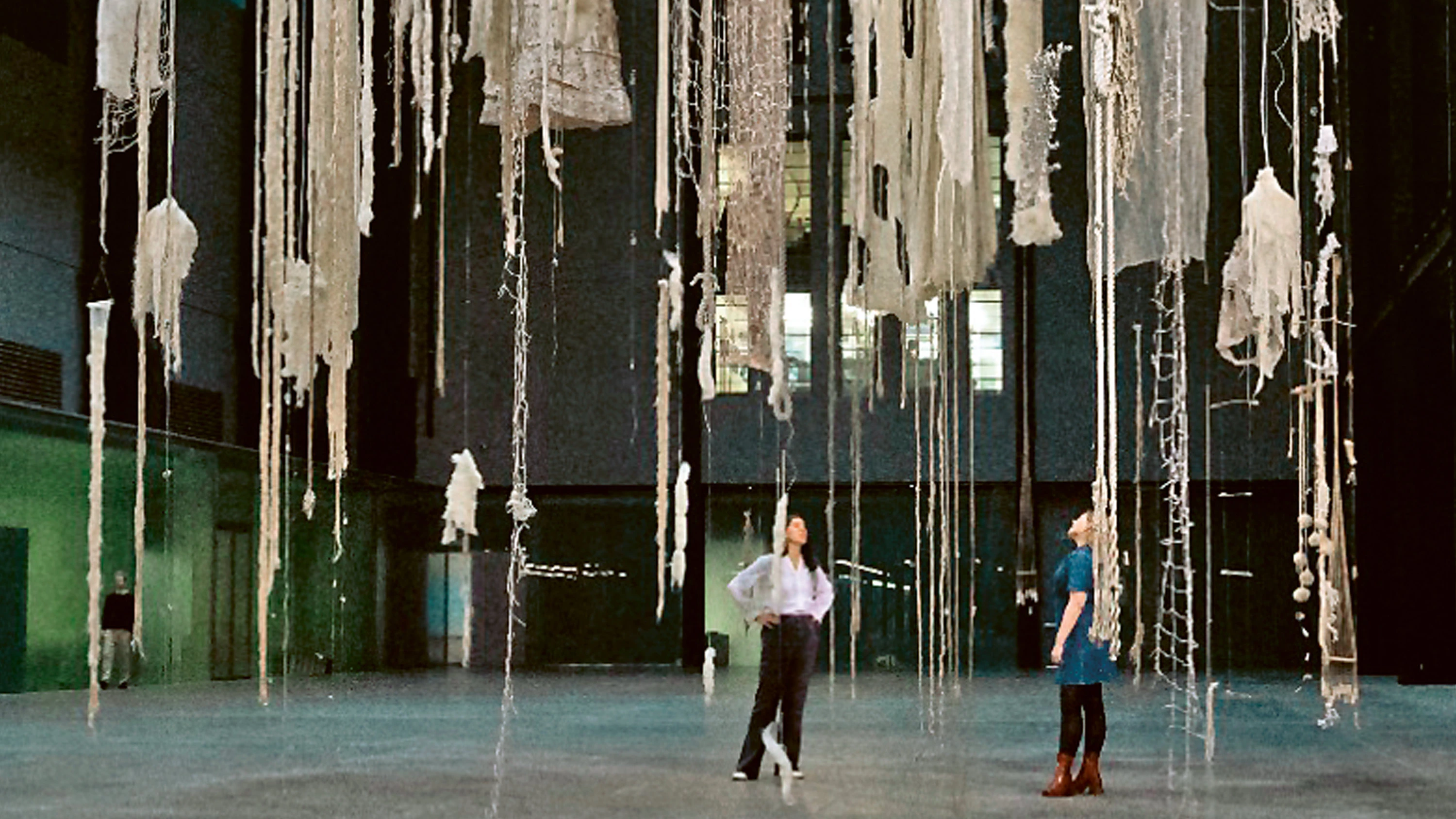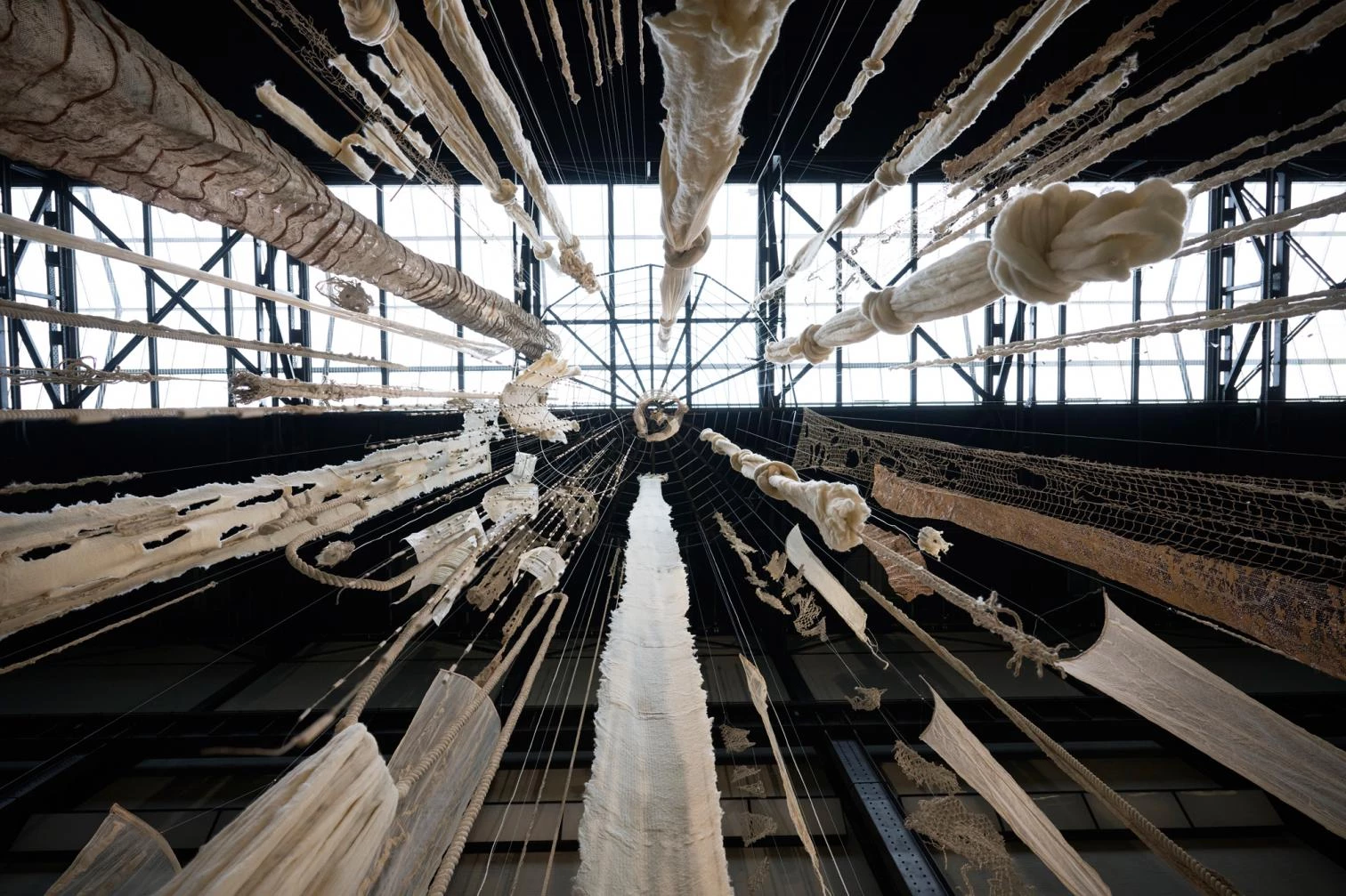
Photos courtesy of Hyundai Motor
From a spider to a sun, from a crack on the floor to a sea of sunflower seeds, the Turbine Hall at Tate Modern has since the year 2000 hosted spectacular installations of the kind that can take on gigantic dimensions – a rare opportunity – and which for the authors can be the most prestigious and mediatic commissions they are ever to have. This time around the honor has fallen on the Chilean artist and poet Cecilia Vicuña, who has concentrated all the lines of her practice in a work which – as it has been doing for half a century – transfers her activism to a museum. Long rags made with fibers of jute and hemp, interwoven with objects and shreds salvaged from the banks of the Thames by women of local Latin American communities, are dyed a bone-white tone to evoke the look of large trees bleached out by drought, hung from the ceiling to also recall Andean quipus. The environmental cause and the struggle of indigenous peoples are impregnated, moreover, with Vicuña’s love of words and soundscapes, resulting in a montage by the Colombian composer Ricardo Gallo where music, voices, and the sounds of nature make the space vibrate with the clash between the human world and Mother Earth.
ABC: Cecilia Vicuña instala monumentales 'quipus' en la Sala de Turbinas de la Tate Modern
The Guardian: Cecilia Vicuña review
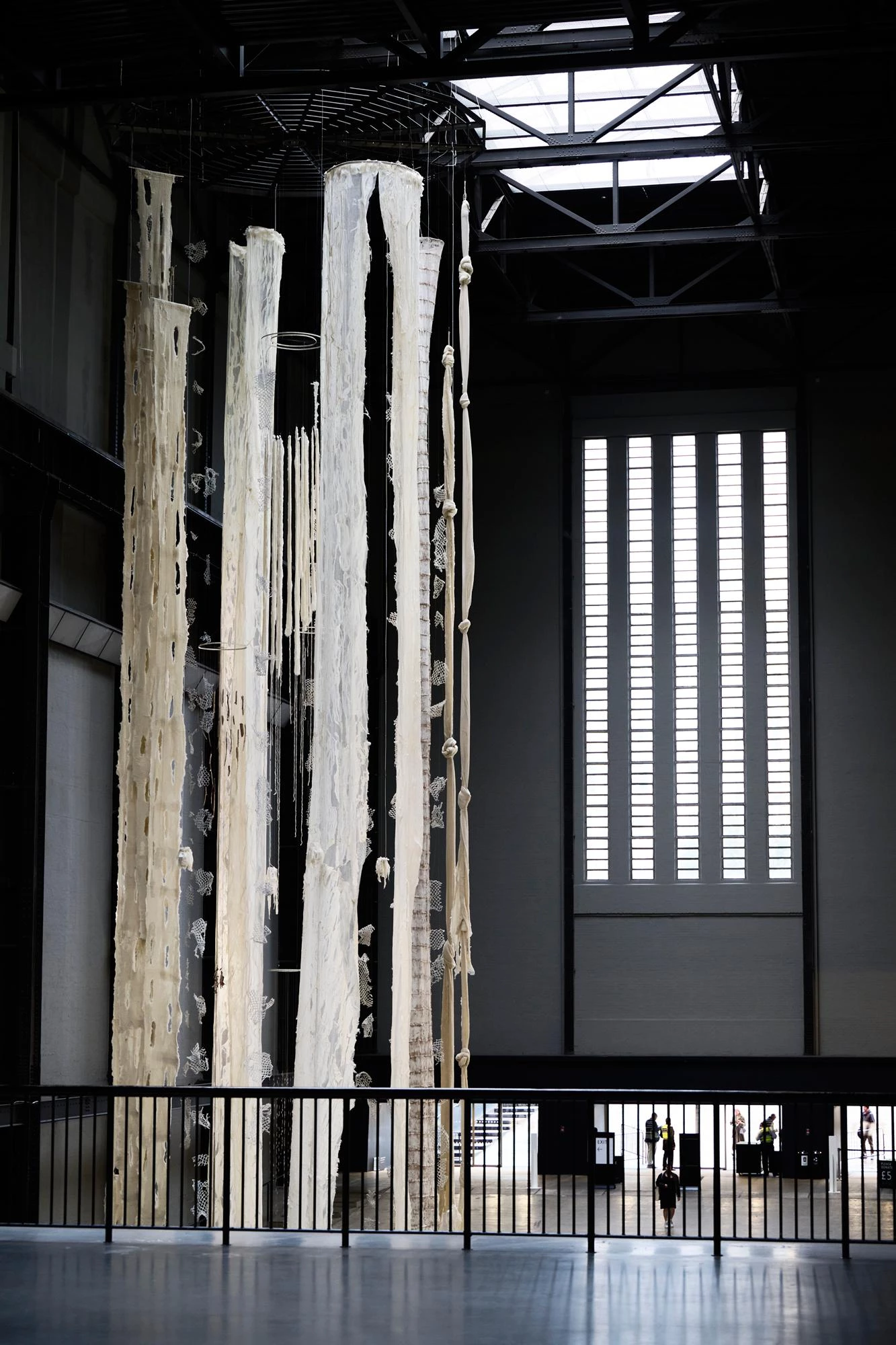

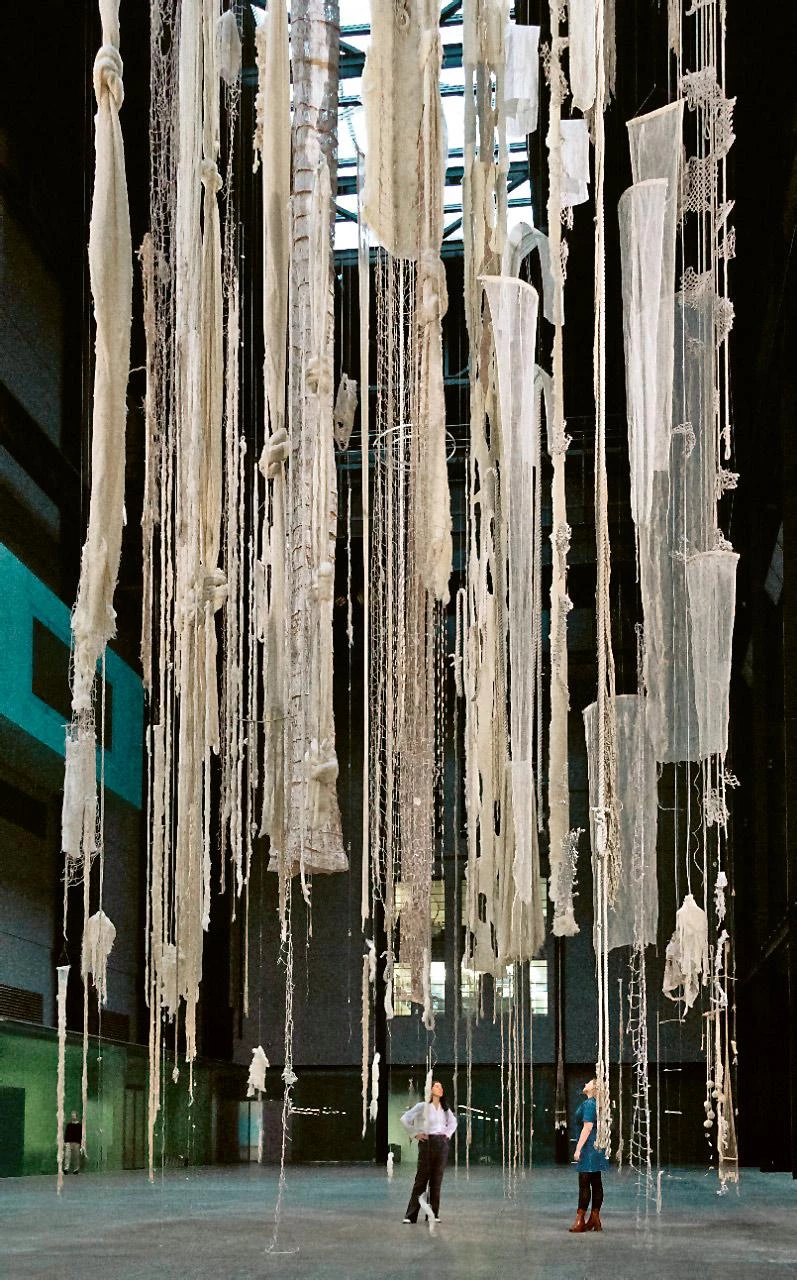
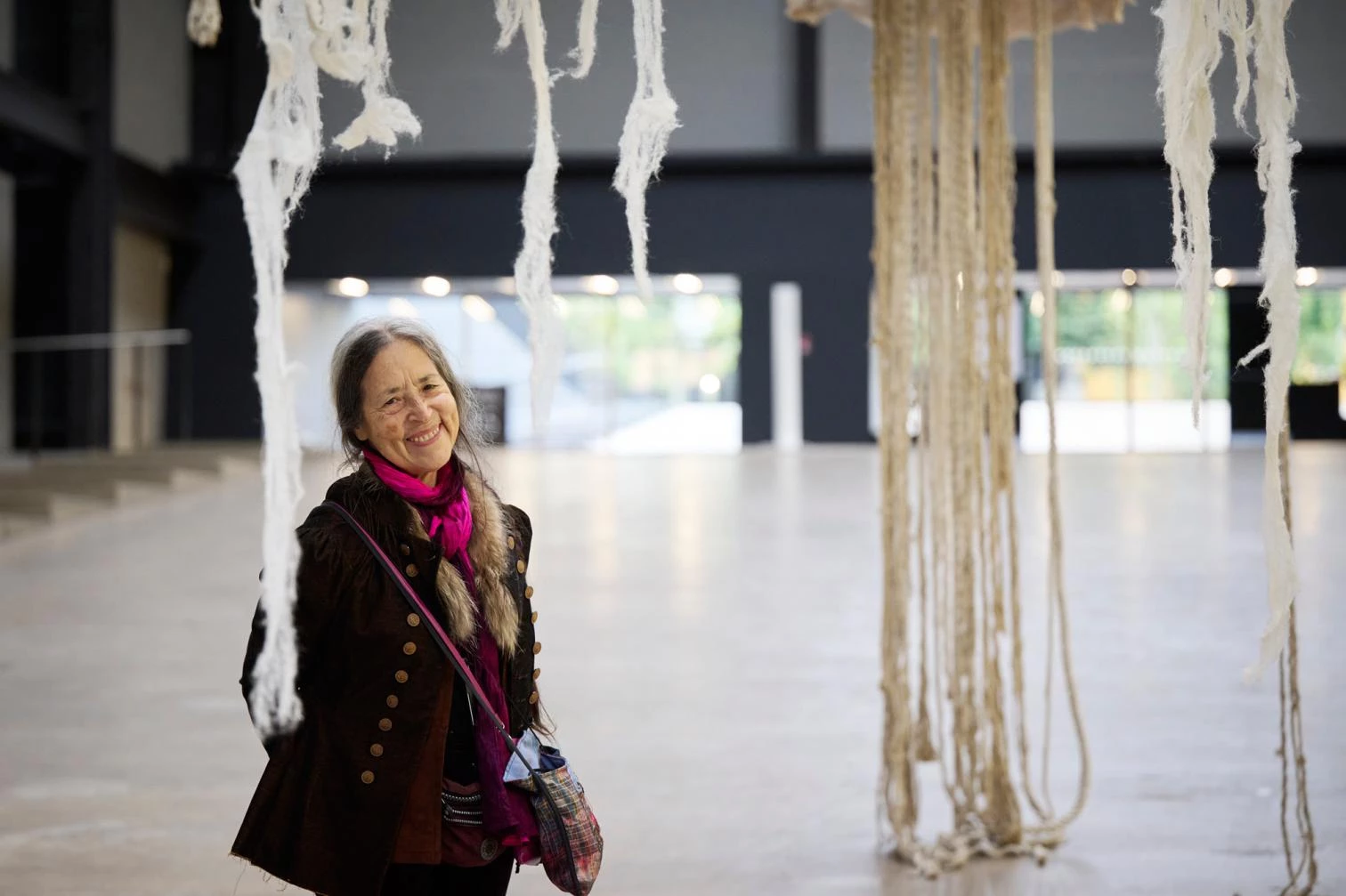
Cecilia Vicuña

